
EN PASSANT is French for IN PASSING.
Remember that the EN PASSANT capture happens when a pawn captures a pawn as it PASSES a square.
Let's go through it very slowly to help you understand it.



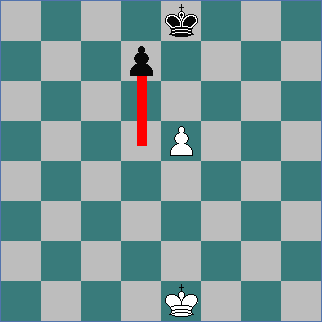
|
White has a Pawn on his FIFTH RANK. Count them from his end of the board. It's Black's move. He has a Pawn on the next FILE. He is about to move that Pawn TWO SQUARES. 


|
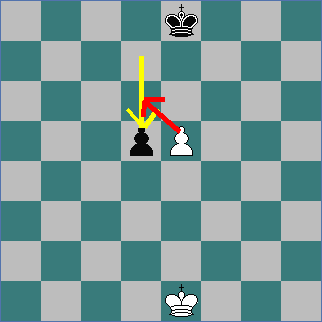
|
Black has just moved his Pawn TWO SQUARES. Now, White can, if he chooses, CAPTURE THE BLACK PAWN WHILE IT PASSES ITS FIRST SQUARE. 


|
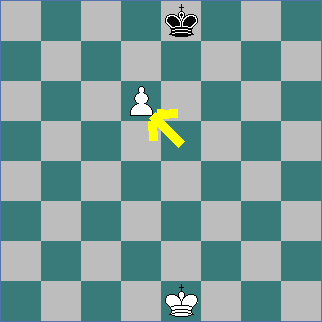
|
Here's the position after White has made the EN PASSANT CAPTURE. Note that the White Pawn is now on the SIXTH RANK. Count them again! 


|
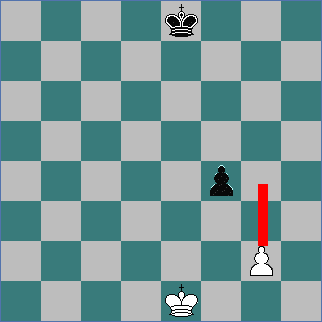
|
Now watch Black do the same thing. Black has a Pawn on his FIFTH RANK. White has a Pawn on his SECOND RANK which he is about to move two squares. 


|
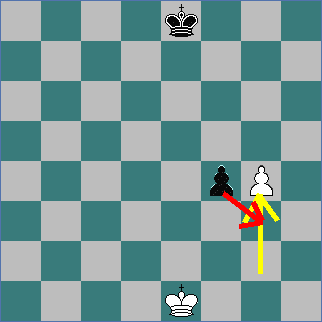
|
Now White's moved the Pawn TWO SQUARES. Black has the chance to capture EN PASSANT. 


|

|
It will be well worth your while to go through this lesson once a week until you're really sure you understand it. Click here for a lesson on this quiz. 


|